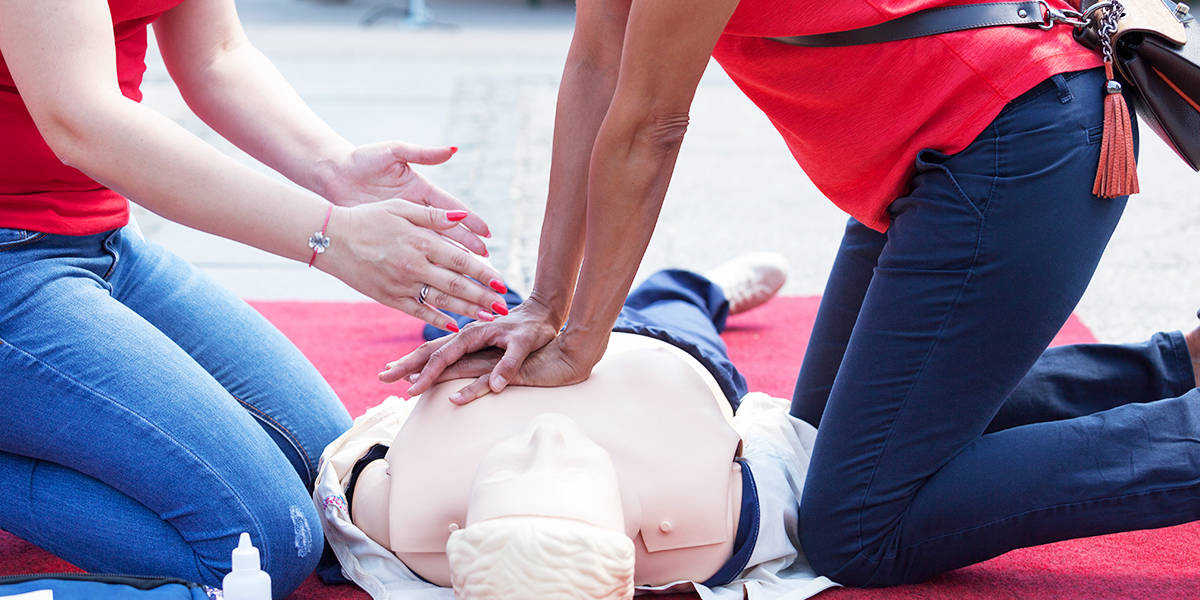
The need for insurance is a common concern among people learning first aid. Frequent questions include:
- “Can I be sued if I practice first aid incorrectly?”
- “Are there any penalties if I’m unable to help someone with first aid?”
- “Do I need insurance to provide first aid?”
It is highly unlikely that you will be sued for administering first aid, and there is no penalty for trying to help someone in need.
What are the regulations around administering first aid?

The Health & Safety at Work Act 1974 and Health & Safety (First Aid) Regulations 1981 obligate employers to ensure they have first aiders and adequate first aid provisions in the workplace. HSE standards also outline the competencies that first aiders need to be proficient in.
If you are a trained first aider who became qualified on a First Aid at Work Training Course or an Emergency First Aid at Work Training Course and you practice first aid in the workplace, you should be covered by your workplace’s insurance policy. If you’re unsure, check with your employer to find out what your policy covers.
Can I be held liable as a trained first aider?
You may be held liable for failing to act in an emergency whether you’re a trained first aider, a medical professional, or a member of the public.
If you’re a bystander and witness an accident that requires first aid, you are under no legal obligation to provide your services. Even as a trained first aider, no law forces first aid treatment of a casualty. However, if you fail to help a casualty you know to be in danger, this may lead to legal consequences under omission.
If you don’t feel comfortable administering first aid for any reason, you must still follow this procedure as a minimum:
- Dial 999 and alert emergency services
- Make sure the area is safe without placing yourself in any danger
- Monitor the casualty
- Comfort and reassure the casualty
You may only be held liable if negligent intervention directly causes injury to a casualty, making them worse off as a result. For example, if you administer CPR to a casualty not in cardiac arrest resulting in damage to the ribs and organs, this could be considered negligence. This would not be the case if CPR was a necessity. An AED will only deliver a shock to a person who requires one, so the use of a defibrillator will not injure a casualty who does not need one.
By attending a First Aid at Work (FAW) course or an Emergency First Aid at Work (EFAW) course with Safety First Aid Training, you will be trained to nationally recognised standards by an accredited HSE training provider. We teach basic life-saving skills and will give you the confidence to administer first aid no matter what situation you are in.
Read our other blogs for more information on first aid or contact us for further advice and information on our courses.
About the author:
Jo Stokes is a writer, marketer and trained first aider at Safety First Aid.
